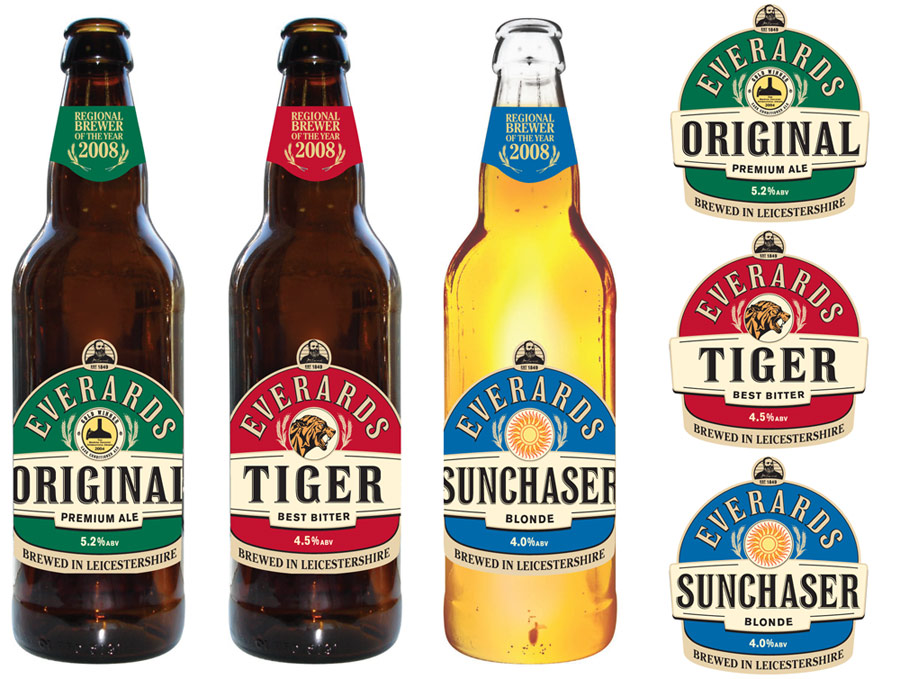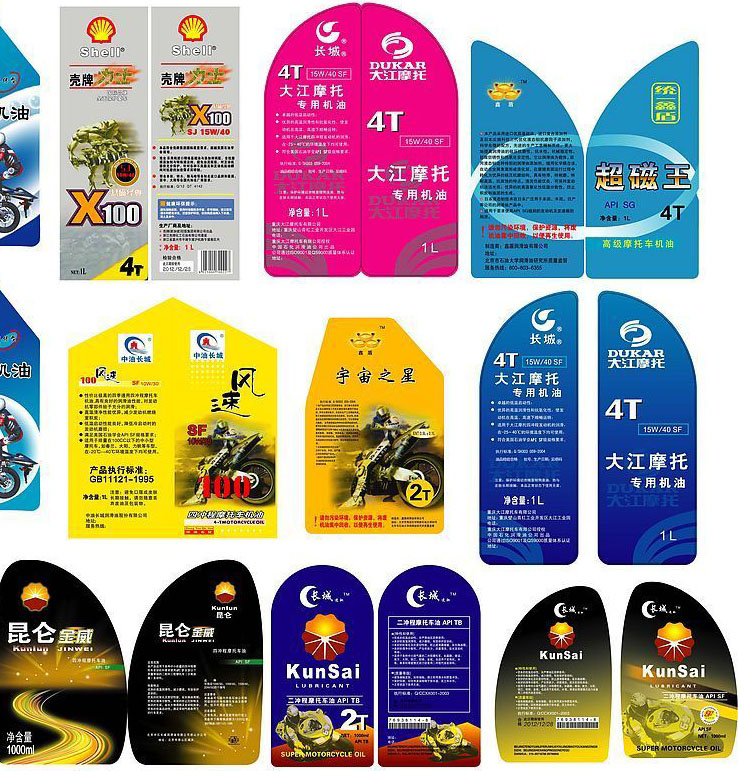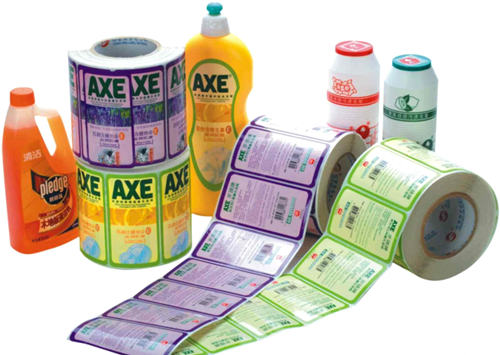adhesive label printing equipments
Adhesive label printing equipment is a type of machinery that is used to print labels on adhesive-backed paper, film, or other materials. These labels are used in a wide range of industries, from food packaging to shipping and logistics. Adhesive label printing equipment comes in various types, each with its own advantages and disadvantages. In this article, we will discuss the various types of adhesive label printing equipment, their features, and differences.
Flexographic Printing Equipment
- Flexographic printing equipment is commonly used for printing on adhesive labels. It uses flexible printing plates made of rubber or photopolymer to transfer ink onto the label material. Flexographic printing equipment can be used to print on a wide range of materials, including paper, film, and foil. This type of printing equipment is popular because it is cost-effective, easy to use, and produces high-quality prints.
Flexographic printing equipment is typically used for printing high-volume runs of labels. It can print up to 20 colors in a single pass, making it ideal for printing complex designs. Flexographic printing equipment can also print on both sides of the label material, which is useful for printing two-sided labels.
Digital Printing Equipment
- Digital printing equipment is becoming increasingly popular for printing adhesive labels. It uses a digital printing process to transfer ink onto the label material. Digital printing equipment can be used to print on a wide range of materials, including paper, film, and foil. This type of printing equipment is popular because it is highly versatile, can handle small print runs, and produces high-quality prints.
Digital printing equipment is typically used for printing small to medium-sized runs of labels. It can print variable data, which is useful for printing labels with unique serial numbers or barcodes. Digital printing equipment is also ideal for printing labels with variable text or images, such as product labels with changing ingredients or nutritional information.
Thermal Transfer Printing Equipment
- Thermal transfer printing equipment uses a thermal print head to transfer ink onto the label material. The ink is transferred from a ribbon onto the label material using heat. Thermal transfer printing equipment can be used to print on a wide range of materials, including paper, film, and foil. This type of printing equipment is popular because it produces high-quality prints that are resistant to fading, smudging, and abrasion.
Thermal transfer printing equipment is typically used for printing variable data, such as barcodes, serial numbers, and text. It can also be used to print variable images, such as product labels with changing graphics or logos. Thermal transfer printing equipment is ideal for printing labels that need to be highly durable and long-lasting.
Screen Printing Equipment
- Screen printing equipment is another type of adhesive label printing equipment. It uses a mesh screen to transfer ink onto the label material. The ink is forced through the mesh screen onto the label material using a squeegee. Screen printing equipment can be used to print on a wide range of materials, including paper, film, and foil. This type of printing equipment is popular because it can produce high-quality prints on a variety of materials.
Screen printing equipment is typically used for printing labels with large areas of solid color. It can also be used to print labels with special effects, such as metallic or fluorescent inks. Screen printing equipment is ideal for printing labels that need to be highly opaque and vibrant.
Letterpress Printing Equipment
- Letterpress printing equipment is an older type of adhesive label printing equipment. It uses a raised printing plate to transfer ink onto the label material. The ink is transferred onto the label material using pressure. Letterpress printing equipment can be used to print on a wide range of materials, including paper, film, and foil. This type of printing equipment is popular because it produces high-quality prints that have a distinctive, tactile feel
Letterpress printing equipment is typically used for printing small to medium-sized runs of labels. It can print up to three colors in a single pass, making it ideal for printing simple designs. Letterpress printing equipment is also ideal for printing labels that need to have a vintage or handcrafted look.
Now that we have covered the main types of adhesive label printing equipment, let’s take a closer look at the differences between each type.
The quality of the prints produced by each type of adhesive label printing equipment can vary. Flexographic printing equipment can produce high-quality prints, but the quality can degrade over long print runs. Digital printing equipment can produce consistent high-quality prints, but may not be as vibrant or opaque as other types of printing equipment. Thermal transfer printing equipment produces highly durable prints that are resistant to fading, smudging, and abrasion. Screen printing equipment can produce highly opaque and vibrant prints, but may not be suitable for printing small details or text. Letterpress printing equipment produces prints with a distinctive, tactile feel, but may not be suitable for printing highly detailed designs.
The speed at which each type of adhesive label printing equipment can print varies. Flexographic printing equipment is generally faster than digital printing equipment, but can be slower than screen printing equipment. Thermal transfer printing equipment is slower than other types of printing equipment, but can be faster than digital printing equipment for printing variable data. Screen printing equipment can be fast for printing large areas of solid color, but can be slower for printing detailed designs. Letterpress printing equipment is generally slower than other types of printing equipment due to the manual process of feeding the label material into the machine.
The cost of printing labels using each type of adhesive label printing equipment can vary. Flexographic printing equipment is generally cost-effective for printing high-volume runs of labels. Digital printing equipment can be cost-effective for printing small to medium-sized runs of labels. Thermal transfer printing equipment can be cost-effective for printing highly durable labels. Screen printing equipment can be cost-effective for printing large areas of solid color. Letterpress printing equipment can be expensive due to the manual process of creating the printing plates and feeding the label material into the machine.
The versatility of each type of adhesive label printing equipment can also vary. Flexographic printing equipment can be used to print on a wide range of materials and can print up to 20 colors in a single pass. Digital printing equipment is highly versatile and can print variable data and images. Thermal transfer printing equipment can produce highly durable prints that are resistant to fading, smudging, and abrasion. Screen printing equipment can produce highly opaque and vibrant prints on a variety of materials. Letterpress printing equipment is ideal for printing labels with a vintage or handcrafted look.
In conclusion, adhesive label printing equipment comes in various types, each with its own advantages and disadvantages. The choice of which type of equipment to use depends on the specific needs of the label printing project, including the quality of the prints, printing speed, printing cost, and versatility. It is important to consider these factors when choosing the right type of adhesive label printing equipment for a specific project.



 DSTAR machine
DSTAR machine

WeChat
Scan the QR Code with wechat